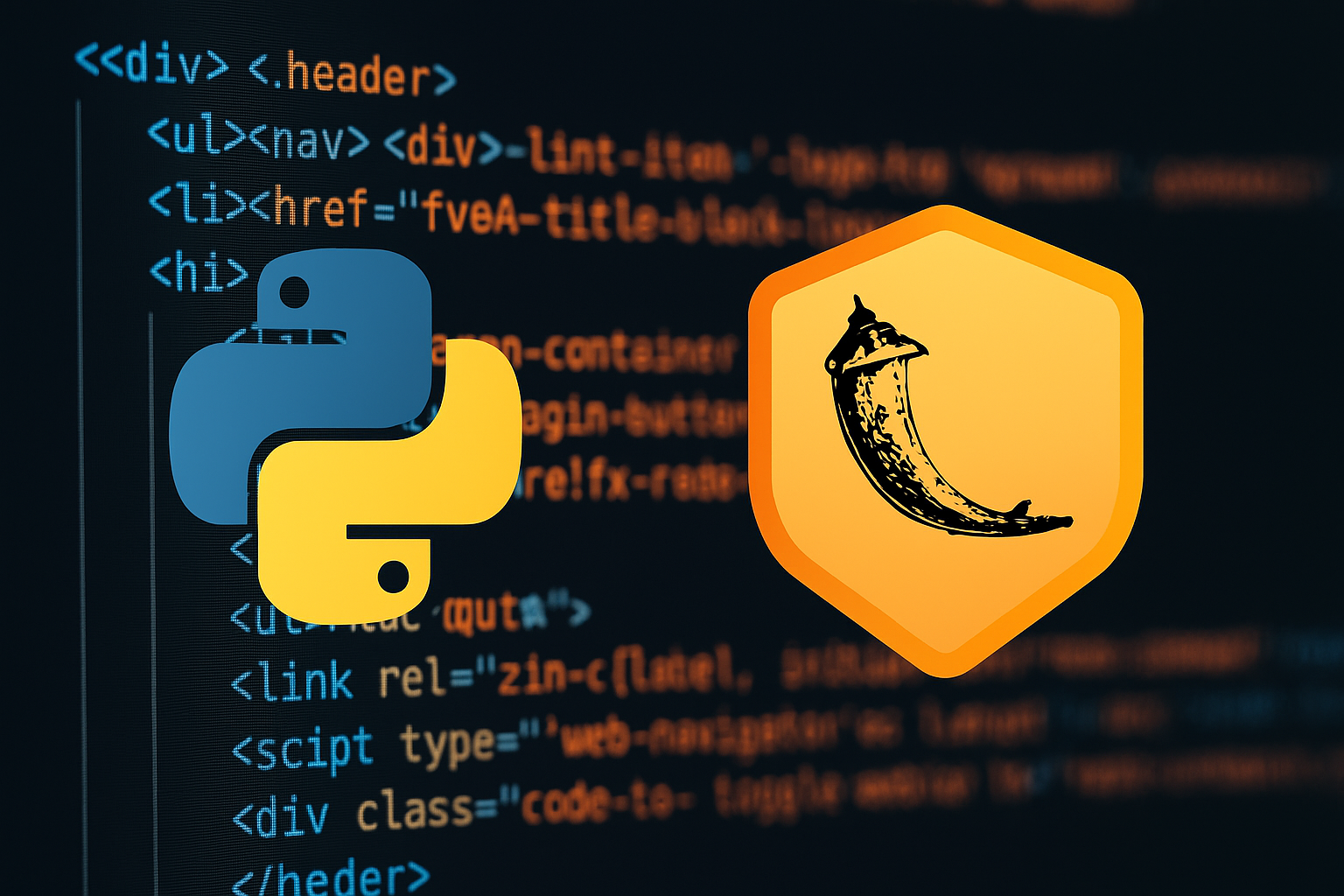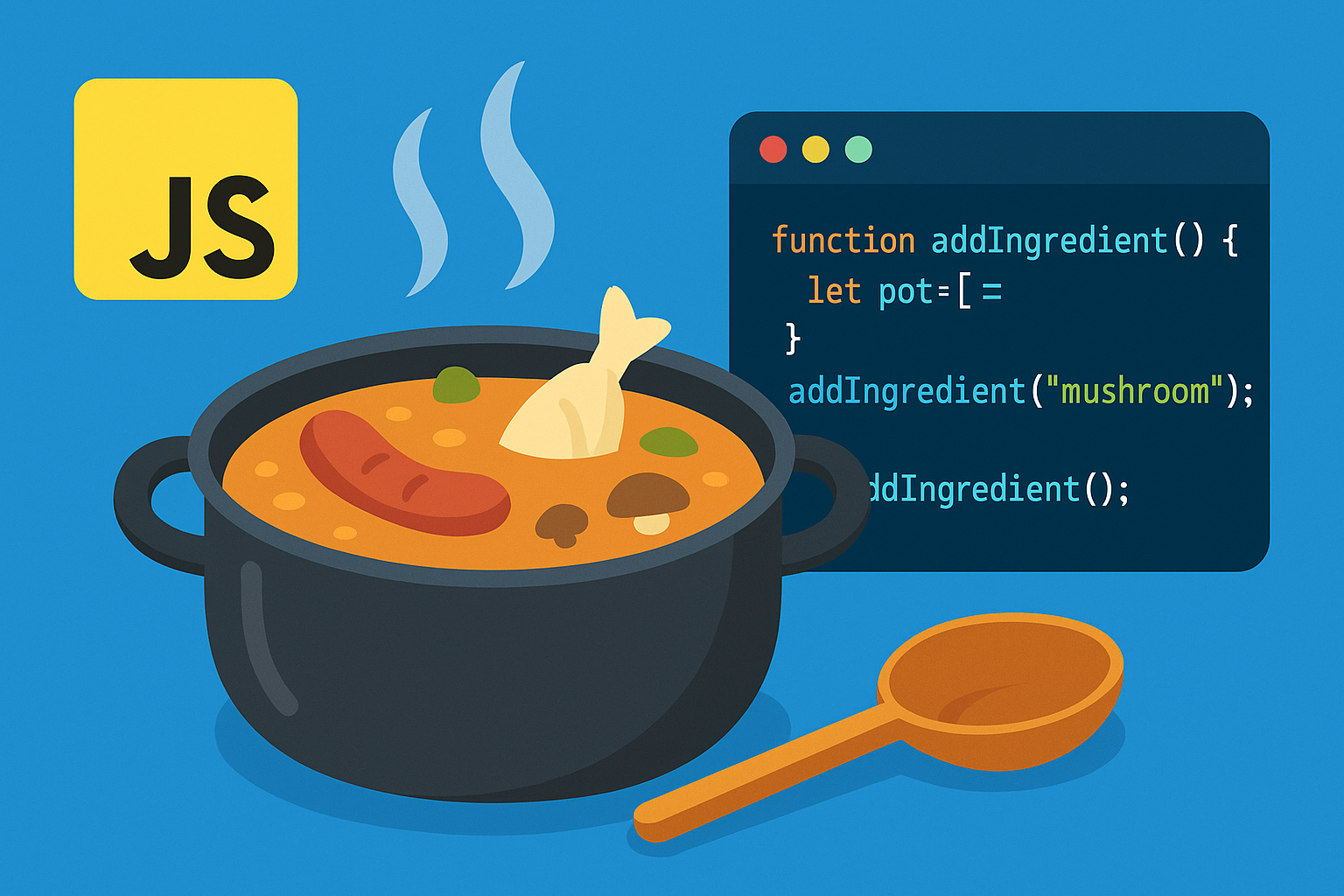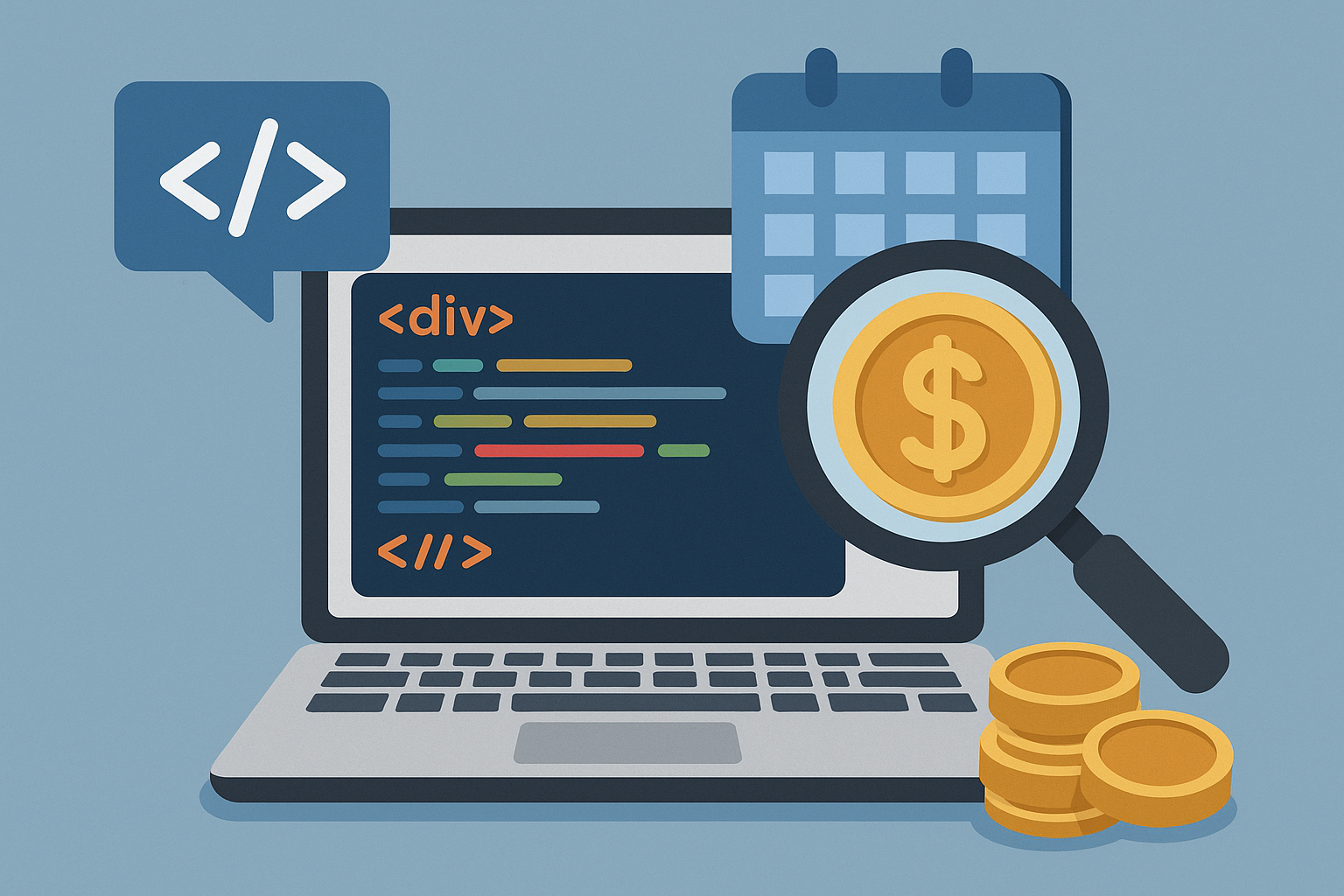Do you want to create your own web app, but don't know where to start?
For those people, we recommend creating a simple web app using Python and Flask.
Python is easy for beginners to understand, and Flask is a lightweight, easy-to-learn framework.
This article will explain in detail the steps required to create a web application.
The steps are explained with code, so anyone can create a working app in no time!
- Explaining what Python and Flask are
- Prepare your Flask development environment
- Design the web app configuration
- Creating basic routing with Flask
- Embedding HTML Templates
- How to receive form input
- Common errors and their solutions
- Completed code (app.py)
- Summary: Python + Flask is the best introductory environment
Explaining what Python and Flask are
Why Flask is great for web apps
Conclusion: With Python and Flask, you can build web apps with very little code.
reason:
- Python is easy to read
- Flask is lightweight and flexible
- Easy to use even for beginners
For example, it has the following features:
- You can build an app with just one file
- Low learning cost
- Easy to extend functionality later
This makes Flask a great choice for both learning and production.
Prepare your Flask development environment
Installing Python and Flask
Follow the steps below to set up your development environment.
1 2 3 4 5 | # Install Python (from the official website)<a rel="noopener" href="https://www.python.org/" title="Welcome to Python.org" class="blogcard-wrap external-blogcard-wrap a-wrap cf" target="_blank"><div class="blogcard external-blogcard eb-left cf"><div class="blogcard-label external-blogcard-label"><span class="fa"></span></div><figure class="blogcard-thumbnail external-blogcard-thumbnail"><img decoding="async" src="https://www.python.org/static/opengraph-icon-200x200.png" alt="" class="blogcard-thumb-image external-blogcard-thumb-image" width="160" height="90"></figure><div class="blogcard-content external-blogcard-content"><div class="blogcard-title external-blogcard-title">Welcome to Python.org</div><div class="blogcard-snippet external-blogcard-snippet">The official home of the Python Programming Language</div></div><div class="blogcard-footer external-blogcard-footer cf"><div class="blogcard-site external-blogcard-site"><div class="blogcard-favicon external-blogcard-favicon"><img decoding="async" src="https://www.google.com/s2/favicons?domain=https://www.python.org/" alt="" class="blogcard-favicon-image external-blogcard-favicon-image" width="16" height="16"></div><div class="blogcard-domain external-blogcard-domain">www.python.org</div></div></div></div></a># Create a virtual environment python -m venv venv source venv/bin/activate # For Windows venv\Scripts\activate # Install Flask pip install flask |
By using a virtual environment, other projects will not be affected.
Design the web app configuration
Minimal directory configuration
1 | myapp/ ├── app.py └── templates/ └── index.html |
Start with a small number of files and proceed while checking that it works.
Creating basic routing with Flask
Code to display "Hello, World!"
1 | from flask import Flask app = Flask(__name__) @app.route("/") def hello(): return "Hello, World!" if __name__ == "__main__": app.run(debug=True) |
In your browser http://localhost:5000 You can see it by accessing.
Embedding HTML Templates
Displaying dynamic pages with Jinja2
1 | from flask import Flask, render_template app = Flask(__name__) @app.route("/") def index(): return render_template("index.html") |
1 | <!-- templates/index.html --><title>Flask App</title><h1> Welcome to the Flask web app</h1> |
This will allow you to load static HTML as well.
How to receive form input
Receiving POST submissions
1 | from flask import request @app.route("/submit", methods=["POST"]) def submit(): name = request.form.get("name") return f"Thank you, {name}, for submitting your request!" |
It can process form input and display the response dynamically.
Common errors and their solutions
ModuleNotFoundError: No module named 'flask'
→ Flask needs to be installed.pip install flaskDon't forget.jinja2.exceptions.TemplateNotFound
→TemplatesMake sure you have placed the HTML in the folder.
Completed code (app.py)
1 | from flask import Flask, render_template, request app = Flask(__name__) @app.route("/") def index(): return render_template("index.html") @app.route("/submit", methods=["POST"]) def submit(): name = request.form.get("name") return f"Thank you, {name}! |
Summary: Python + Flask is the best introductory environment
- Create web apps with Python and Flask
- Beginner-friendly syntax
- Forms and HTML can be easily integrated
- Environment construction is simple
Let's start by displaying "Hello, World!".
Next, try out database integration and login functions!


